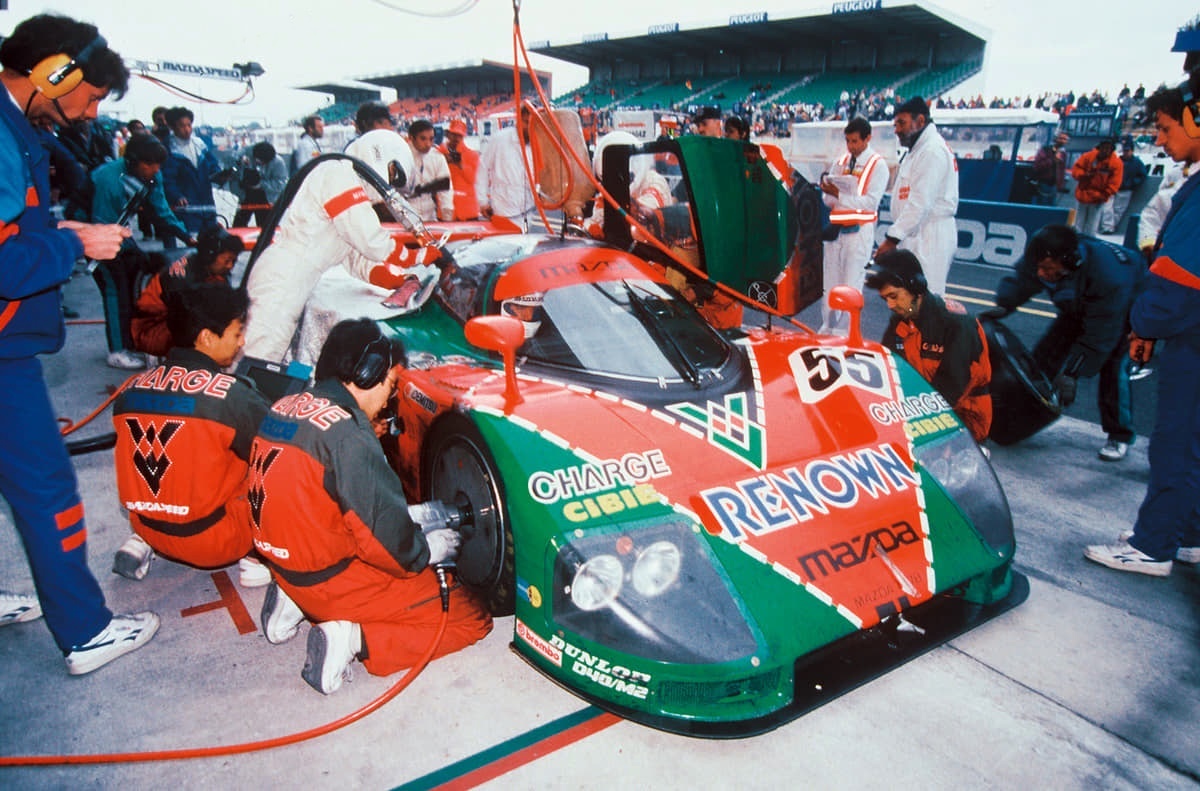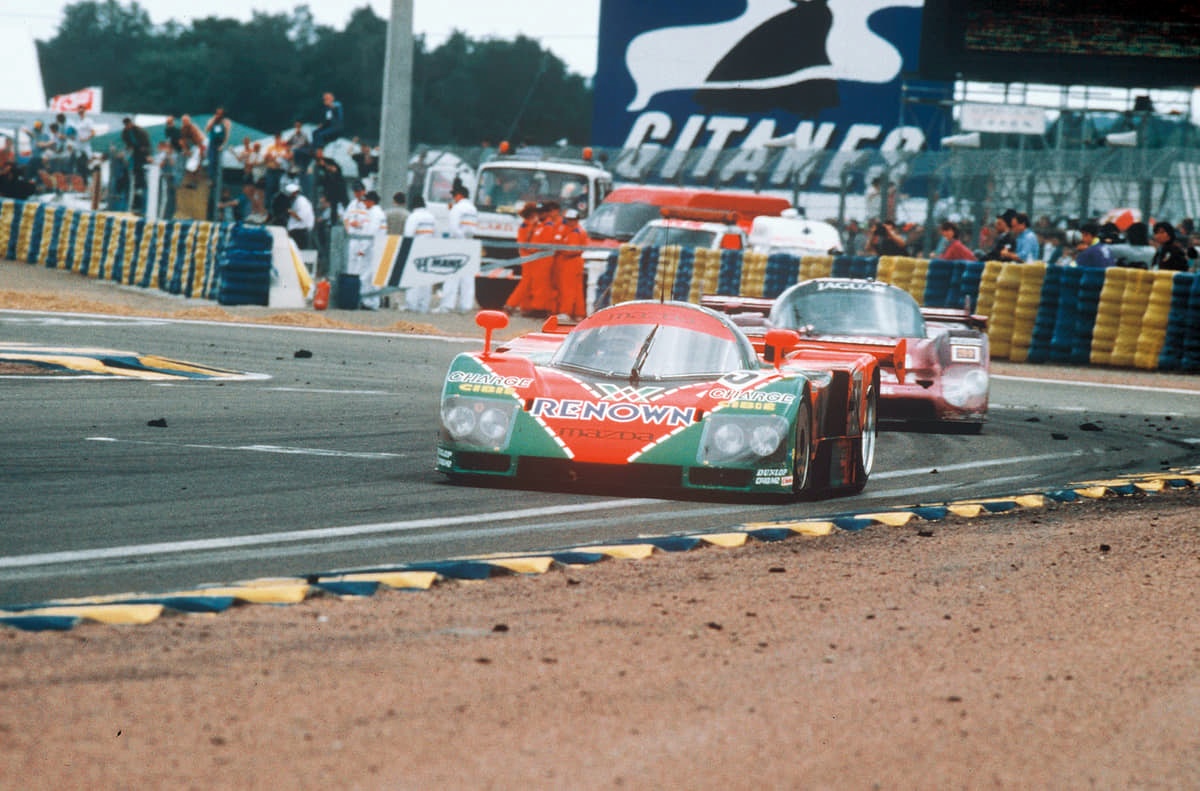Forgotten Legends
When the rotary engine won at Le Mans
Photo credit: Mazda, Wheelsage
The car world’s great Wankel illusion can never be forgotten. Outright victory at the 24 Hours of Le Mans is the universal certification of quality and reliability as well as performance.
This victory was the sweetest fruit of Mazda’s experience with rotary engines designed by Felix Wankel in 1957 and introduced onto the market by NSU. Mazda, along with other manufacturers such as Mercedes, Citroën and Suzuki, believed in the future of this new type of internal combustion engine.
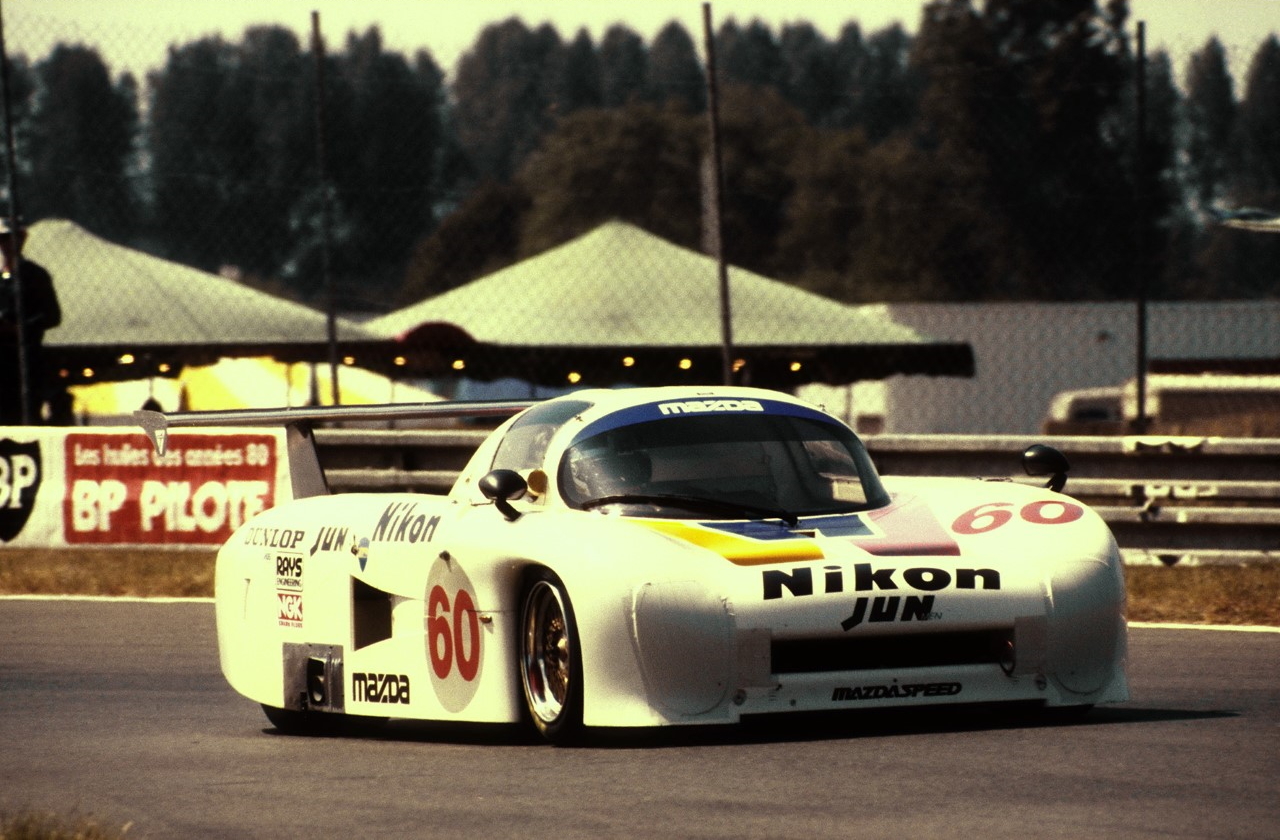
To prove its quality, it was the Japanese manufacturer who entered the Mazda 717 2-rotor Wankel into the 24 Hours of Le Mans. It participated in the category called Group C Junior, where there weren’t many opponents but the two cars, in addition to taking home a class victory, finished 12th and 18th overall. Not a bad result and one that pushed Mazda into thinking about winning the race itself.
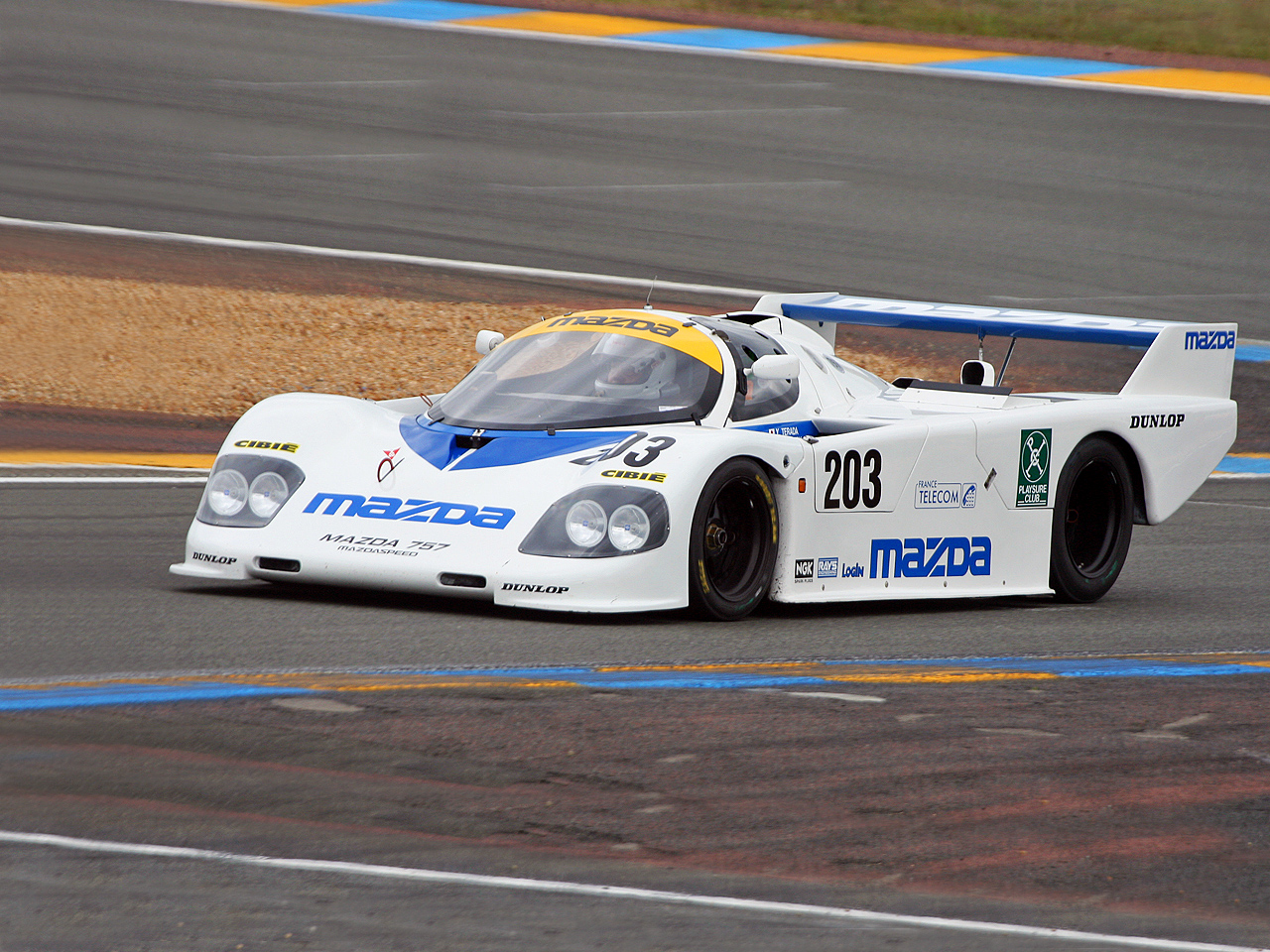
A special racing department was created where Mazda sensed the opportunity to pair the rotors: first there were three, mounted on the 757 which then became four with a displacement of 2,616cc, equivalent to 4,700 cc from a conventional engine, on the 767.
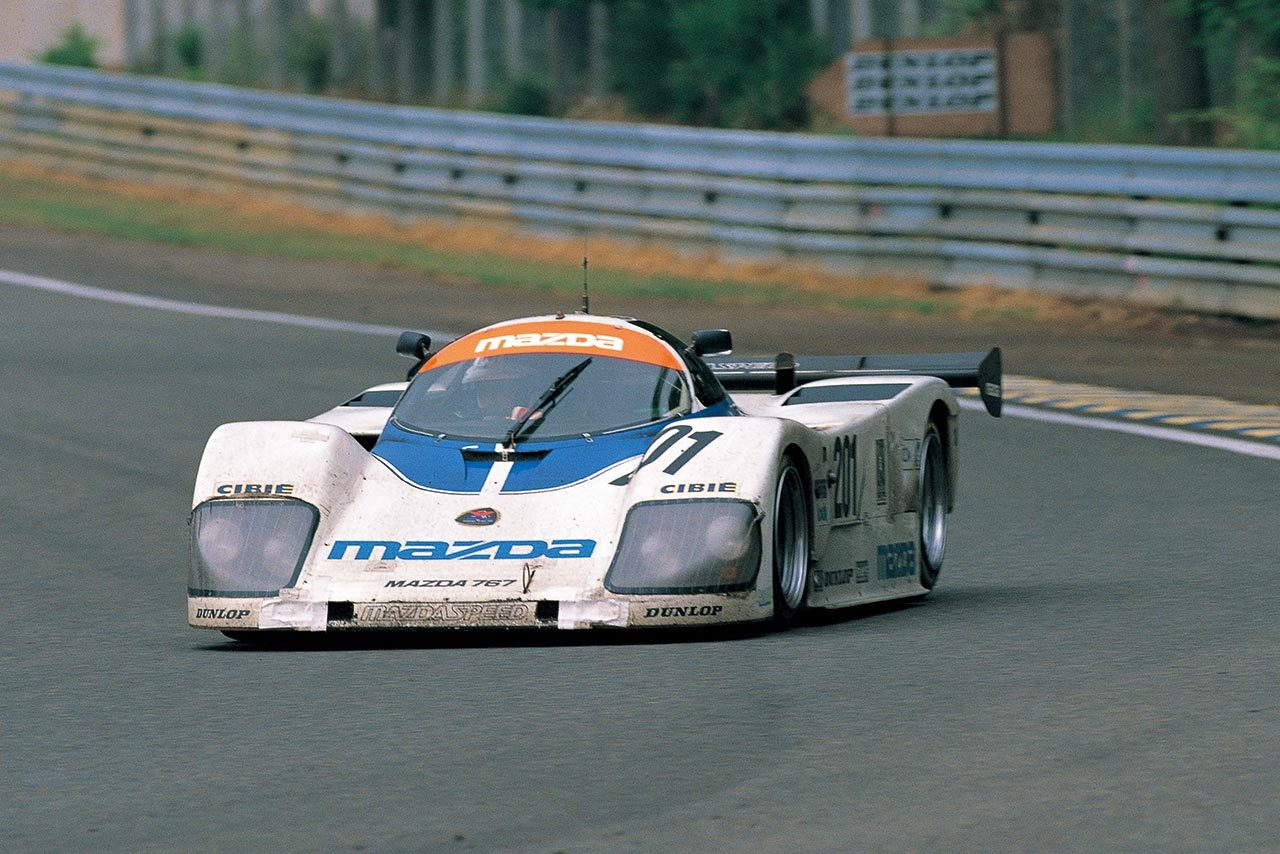
In 1991 the two 787Bs finished first and sixth in the 24 Hours Le Mans without suffering from mechanical setbacks or failures that, on the contrary, decimated many of their more famous opponents, including Jaguar, Porsche and Mercedes. Well done indeed, the first Japanese victory at Le Mans and only victory, to date, by a car using a non-piston engine.
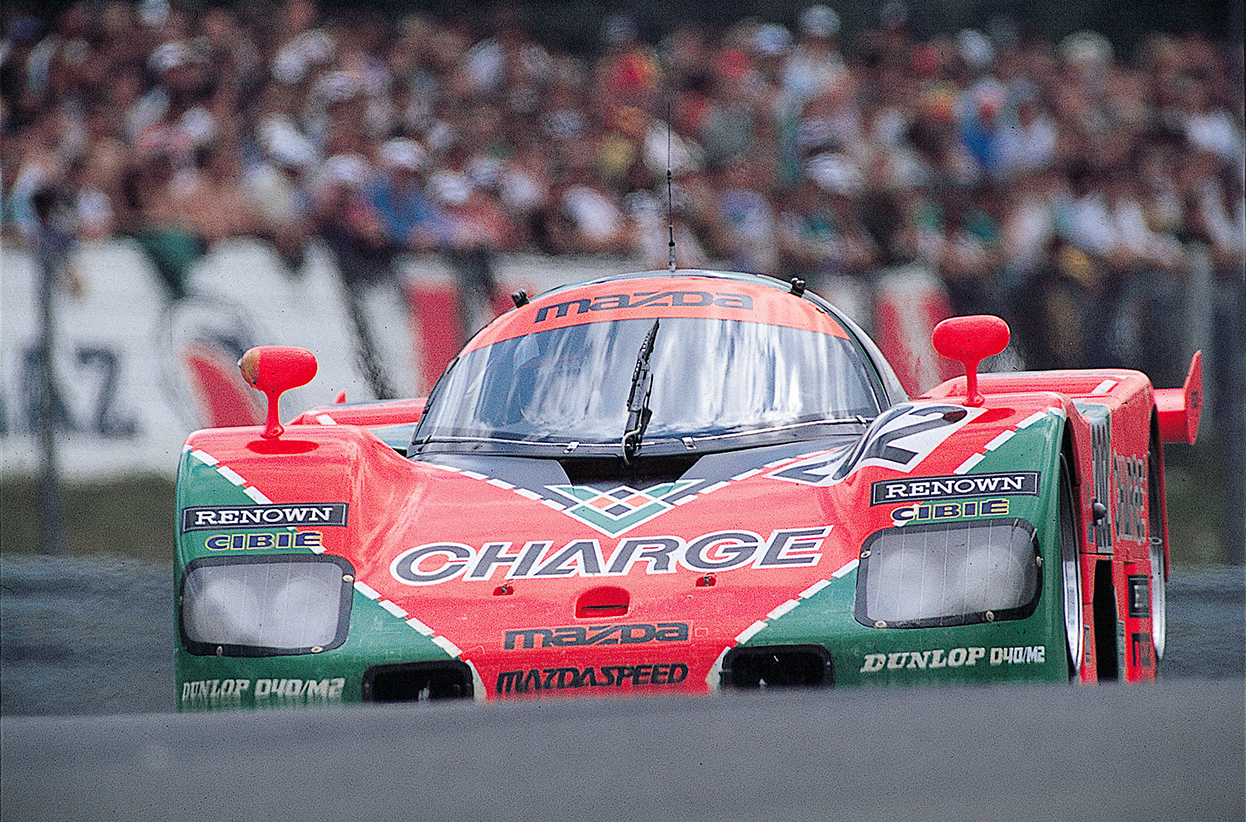
So what ever happened to the Wankel engine after 55 years? It has carved out a niche for itself in different vehicles, such as snowmobiles, motorcycles, and machinery. The main advantage of Wankel engines lies in the possibility to use them in paired groups – 2, 4, 6, 8 – but it remains a niche that, for the time being, does not seem to have a bright future.
